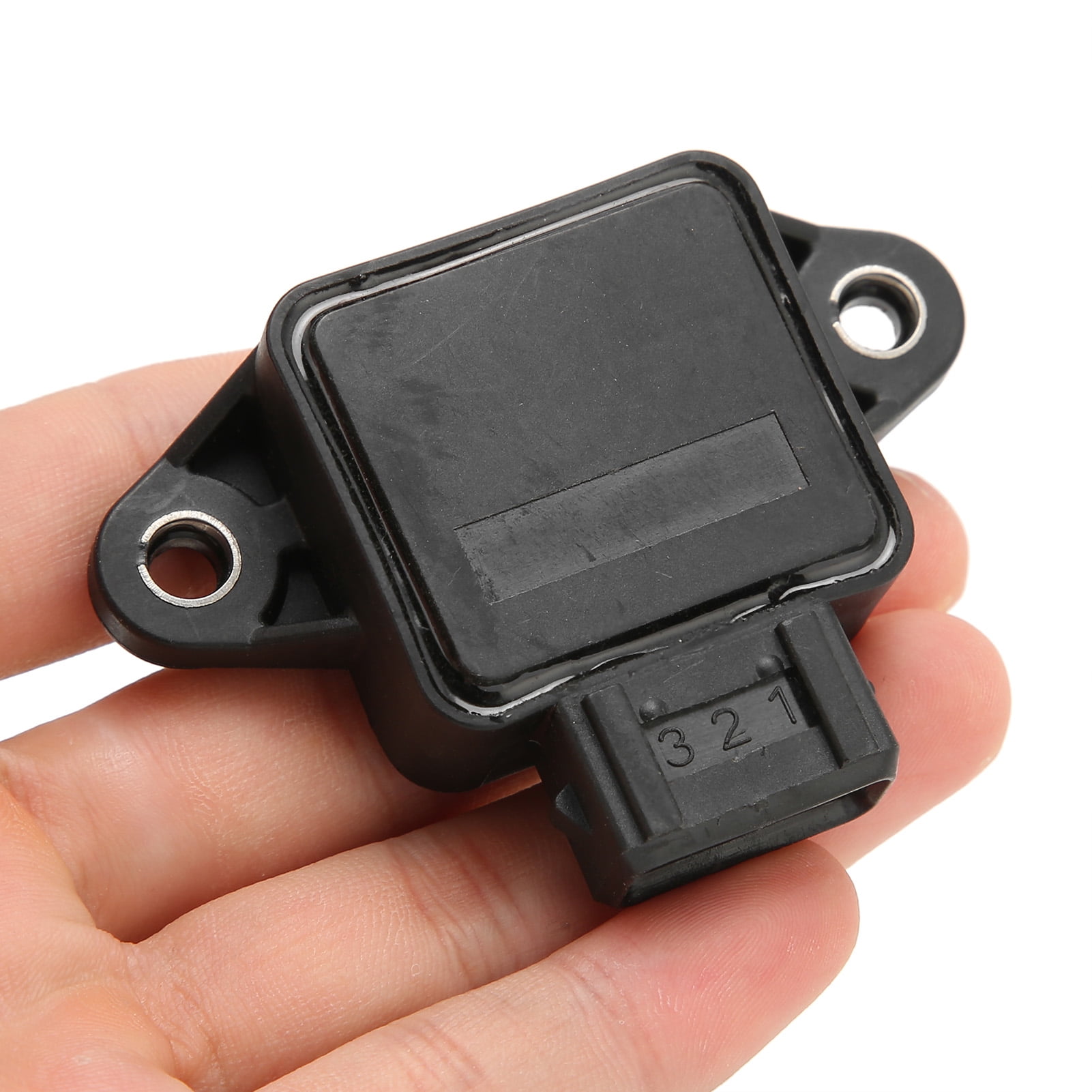10 Warning Signs Your Accelerator Position Sensor is Failing
The throttle position sensor is a key part of the engine management system. It assists regulate the air-fuel mixture by updating the engine control unit about the status of the throttle plate. When this sensor starts to malfunction, it can lead to a range of performance issues that can influence the way you drive and overall vehicle reliability. Understanding the warning signs can help you identify potential problems early, ensuring that you can address them before they turn into costly repairs.
Numerous drivers may be unaware of how important the throttle position sensor is until they start experiencing symptoms of failure. If you notice any odd behavior in your vehicle, including erratic acceleration, fuel consumption changes, or unexpected engine sounds, it may be time to examine the condition of your throttle position sensor. In the following sections, we will outline ten warning signs that indicate this vital component may be failing, enabling you to take action and maintain your vehicle in good condition.

What exactly is a TPS?
The Throttle Position Sensor is a critical part in contemporary vehicles, fulfilling a crucial role in automotive performance. It is typically located on the intake manifold and monitors the position of the throttle blade, which controls air intake into the engine. By offering real-time feedback to the engine control unit, the TPS supports optimize engine performance and fuel efficiency.
When you press the gas pedal, the throttle position sensor identifies how much the throttle plate is opened and transmits this information to the ECU. The computer uses this information to adjust the fuel injection and spark timing, guaranteeing the engine runs efficiently and acts effectively to driver input. If there’s no a properly operating sensor, the engine may encounter poor performance and diminished efficiency.
Typically, TPS are either analog types or digital types. Each type has its own mechanism of operation but ultimately serves the equivalent purpose of transmitting the throttle blade’s position. A malfunctioning throttle position sensor can lead to multiple engine issues, making it crucial for vehicle owners to be mindful of likely alerts signaling its failure.
Typical Symptoms of a Malfunctioning TPS
One of the most noticeable signs of a faulty throttle position sensor is irregular engine behavior. Drivers may encounter unexpected acceleration or deceleration with no specific input on the accelerator pedal. This unpredictable engine response can make driving unsafe, particularly in congested conditions. It's crucial to acknowledge this indicator early to avoid potential issues.
A further common sign is decreased fuel economy. If throttle position sensor tps is malfunctioning, it can cause the engine to receive incorrect air-fuel mixture readings, leading to higher fuel consumption. Drivers may observe that they are filling up more frequently than normal, which could mean that the TPS is not correctly reporting the throttle's position to the engine control unit.
Moreover, a failing throttle position sensor can set off the check engine light on the dashboard. When the vehicle's onboard diagnostics find issues with the sensor's readings, it typically triggers a warning light. If this happens, it's wise to get the vehicle scanned for error codes, as this can help to pinpoint not only TPS failures but also other potential engine issues that may warrant attention.
Consequences of Neglecting TPS Problems
Failing to address issues with the TPS can lead to a variety of detrimental effects on your automobile's performance. As the TPS plays a vital role in regulating the engine's combustion ratio, a malfunction can result in reduced acceleration and engine stalling. This can be particularly hazardous if it occurs while driving, particularly at high speeds or in traffic, heightening the risk of accidents.
Additionally, a defective throttle position sensor can set off the warning light, indicating that there is an issue. Disregarding this signal can lead to worsening engine problems over time. Without swift intervention, you may face expensive repairs or possibly greater damage to the engine and its components, creating significant economic burden.
Finally, a compromised TPS can adversely affect fuel efficiency. An irregular read on the throttle position can cause the engine to consume additional fuel, leading to higher operational costs and more frequent visits to the gas station. Being proactive in addressing TPS concerns can save both costs and ensure the safety and trustworthiness of your car.